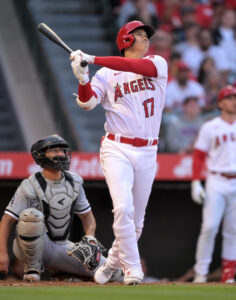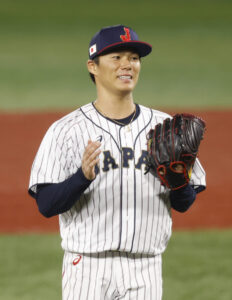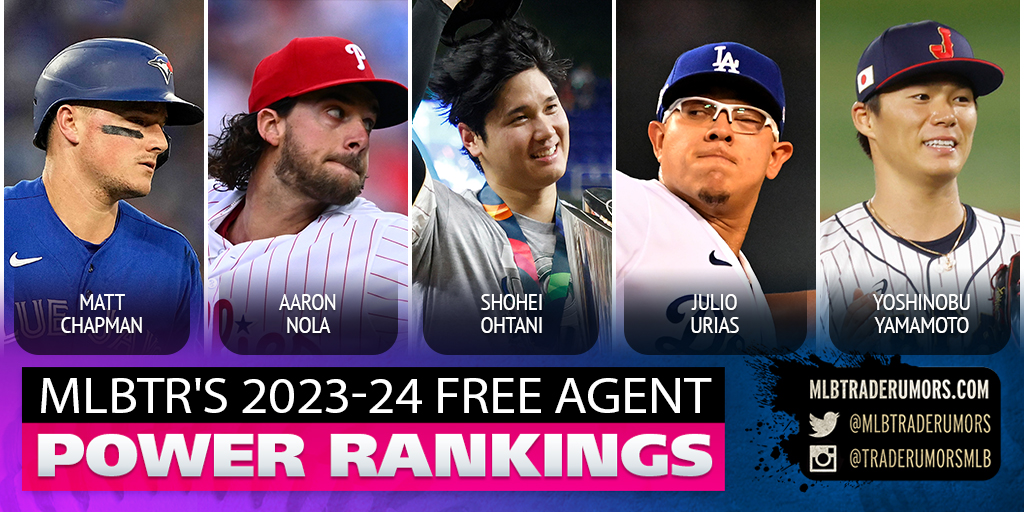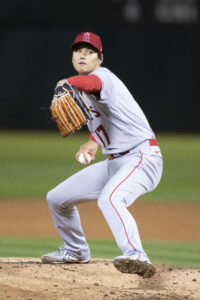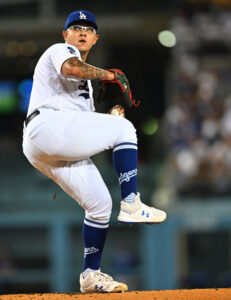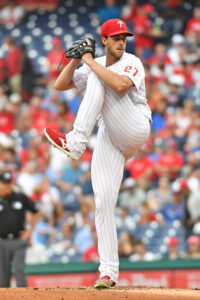The Cardinals are exploring a multi-year contract extension with closer Jordan Hicks, reports Katie Woo of the Athletic. Woo suggests there’s a good chance a deal can be finalized within the next day. An impending free agent, the hard-throwing righty profiles as one of the top bullpen trade candidates this summer. Obviously, an extension in advance of next Tuesday’s trade deadline would take him off the market.
Hicks, 27 in September, is amidst one of the better seasons of his career. He owns a 3.67 ERA across 41 2/3 innings in 40 appearances. He’s striking hitters out at a personal-best 31.2% rate while inducing grounders on a huge 58.2% of batted balls. Hicks and Twins’ star Jhoan Durán are the only relievers (minimum 30 innings) with a strikeout rate north of 30% and a ground-ball rate exceeding 55%.
That outlier combination of whiffs and grounders is built on velocity almost unmatched around the league. Hicks averages an eye-popping 100.5 MPH on the sinker that serves as his go-to offering. Only Durán and Aroldis Chapman throw harder.
Hicks hasn’t found the same level of success that Durán and Chapman have managed at their best, however. The St. Louis hurler has allowed just under four earned runs per nine innings over 219 1/3 career frames. That’s mostly a reflection of well below-average control. He’s walking just under 13% of opponents this season and has dished out free passes at a 13.2% clip for his career.
Various health concerns also undercut him for a while after a promising debut. Hicks combined for just 38 2/3 innings between 2019-21. He underwent Tommy John surgery midway through the ’19 season. Unlikely to return until the tail end of 2020 regardless, Hicks (who has Type 1 diabetes) opted out of playing that year because of COVID-19 concerns. He battled renewed elbow discomfort the next season and was limited to just 10 appearances. He missed a month between May and June last year because of a flexor issue in his forearm but has avoided the injured list this season.
Even with the health history and bouts of wildness, Hicks would be a sensible trade target for contenders seeking bullpen help. He’s a high-octane arm who has stepped back into a high-leverage role for St. Louis, picking up eight saves and six holds. The Cards clearly value him enough to consider keeping him around beyond this season, though it remains to be seen if a deal will get across the finish line. Woo unsurprisingly notes that the 45-56 club would very likely trade Hicks if they don’t reach an extension in the coming days.
To be clear, the dialogue with Hicks’ camp is not a sign that St. Louis is walking back its forthcoming sell off. Woo reiterates that the Cards plan to trade Jordan Montgomery and Jack Flaherty, as ESPN’s Jeff Passan wrote this morning. The Cardinals had not had any extension dialogue with Montgomery’s or Flaherty’s camps before the All-Star Break, Woo writes. Both starters are impending free agents.
Montgomery would be a lock to receive and reject a qualifying offer, so the Cards could at least ensure a compensatory draft choice if he departs as a free agent. They’re likely to receive a more compelling prospect package for one of the top starters available within the next few days, though. Flaherty is less likely to receive the QO (which Hicks also wouldn’t get), so the Cards likely wouldn’t get any compensation if those players were neither traded nor extended.
Additionally, Woo reports that the Cardinals are finding trade interest in each of Chris Stratton, Giovanny Gallegos and Ryan Helsley. Stratton is an obvious trade candidate as an impending free agent middle reliever. There’s less urgency to move the latter two arms, as both can stick around beyond this season. Gallegos is under contract for $5.5MM next year, while his deal has a $6.5MM club option for 2025. Helsley is eligible for arbitration through the ’25 season and making a modest $2.15MM this season.
It’s sensible for St. Louis to at least consider offers, although it’d be an odd time to move Helsley. Gallegos has had a sub-4.00 ERA in each of the past five seasons. He carries a 3.92 mark with slightly above-average strikeout and walk numbers in 41 1/3 innings this year.
Helsley, owner of a fastball that sits in the upper 90s, has a 3.20 ERA with a 32% strikeout percentage in 25 frames on the season. He’s been down since June 12 with a forearm strain and was just transferred to the 60-day injured list yesterday, officially ruling him out into the second week of August. Players on the IL can still be traded, so a deal is possible. Still, it stands to reason other clubs will be wary of offering a prospect package commensurate with Helsley’s peak value at a time when there’s notable health uncertainty.

